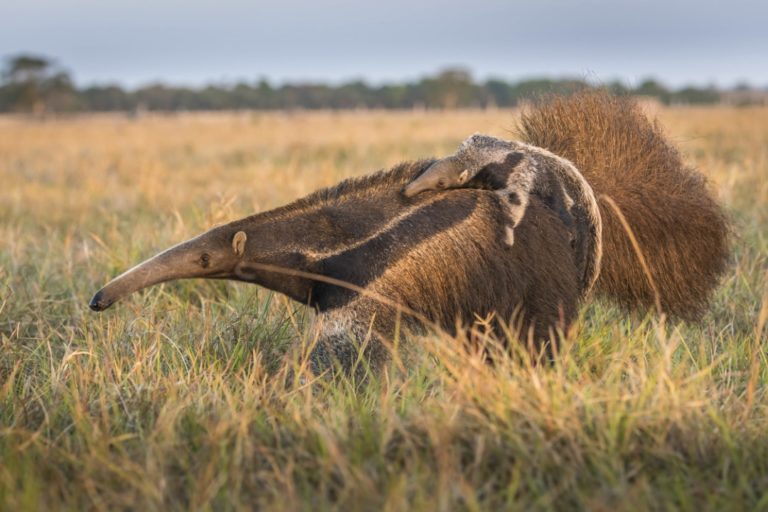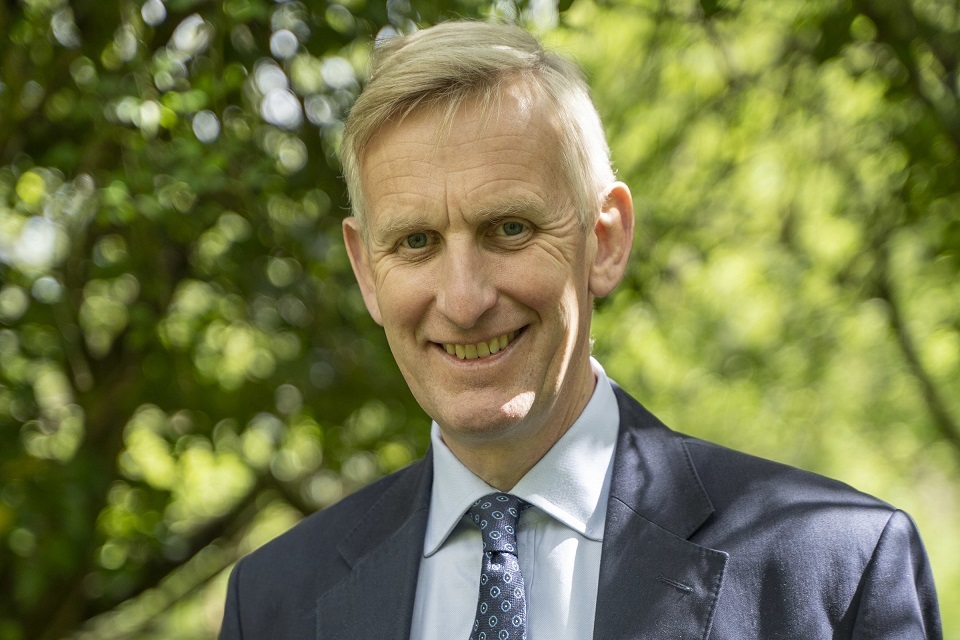It is a typically eye-catching boast by the great provocateur of British brewing. James Watt, co-founder of the beer company BrewDog, pledged to plant “the biggest ever” forest in Scotland to help regenerate ancient woodlands that once carpeted the Highlands.
BrewDog’s Lost Forest would stretch over a “staggering” 50 sq km (19 sq miles), Watt said, and involve millions of trees. One promotional film said the forest would be “capable of sequestering up to 550,000 tonnes of CO2 each year”. Good soundbites, but not entirely accurate.
Kinrara, a former Highland sporting estate, climbs from the River Spey just outside Aviemore high into the sub-Arctic reaches of the Monadhliath Mountains. It is perfectly suited for the millions of birch, oak, rowan, alder and Scots pine trees BrewDog plans to plant.
To a tourist’s eye, Kinrara is picture perfect. Lone specimens of Scots pine punctuate the skyline alongside a hill track winding into the mountains known as the Burma Road. These veterans are in fact evidence of the loss centuries ago of huge woodlands and forests that once covered the flanks of these hills, a loss BrewDog has pledged to reverse. It also has plans for a distillery, eco-tourism and adventure sports on the site.

BrewDog paid £8.8m for Kinrara, according to Land Registry records, although many media reports at the time said it cost more than £10m. Its total size is equivalent to 37 sq km – not the 50 sq km it originally claimed. About a third of that has been dedicated to new woodlands. There is also a peatland restoration project.
Watt is the latest of Scotland’s green lairds, a pejorative label coined for the new generation of largely absentee Highland landowners who have bought rural estates with the climate and biodiversity in mind.
Some, such as the Asos billionaire Anders Povlsen, invest their wealth in rewilding and conservation tourism, heavily culling deer, abandoning grouse-shooting and removing sheep to promote natural regeneration and recolonisation by previously persecuted birds of prey.
Some major corporations, including the investment companies Aviva and Standard Life, have bought land purely to plant forests and restore peatland. That is being driven by pressure from activists and shareholders to cut or offset their emissions.

Rural estate agents such as Strutt & Parker and Galbraith report a surge in buyers seeking land for woodlands projects, sometimes exclusively or as additional factors in their quest for a private Highland sporting retreat, increasing competition for the few estates that come onto the market.
That has steeply driven up land prices, to the alarm of land reform campaigners who want the Scottish government to break up large Highland estates. Hill ground with natural capital potential can sell for £1,200 to £1,600 an acre, double its value several years ago.
That demand is expected to intensify. Major corporations have set aside billions of pounds globally to invest in green capital projects. Some have approached government agencies with offers to buy Highland estates or invest in nature reserves, promising budgets of hundreds of millions of pounds. An analysis for Community Land Scotland, which represents Scotland’s growing number of community-ownership projects, has found most woodland finance schemes have come from existing landowners.

By December 2021, 638 new Scottish forests and woods had been registered with the Woodland Carbon Code, an official scheme that allows their owners to sell carbon credits, where the CO2 captured by new trees is sold to companies to offset their carbon emissions. Most are still at the planning stage.
Many will be subsidised by Scottish Forestry, the agency that runs the Woodland Carbon Code, which is spending an average of £70m a year over three years to hit a government target to plant 46,500 hectares (115,000 acres) of new woodland and forest by April 2025. Many schemes are small but can also push up the value of rural land, further concentrating wealth in the hands of those able to afford them, say critics.
BrewDog has applied for forest grant scheme subsidies for the first phase of Lost Forest and could gain up to £1.25m, spread over several years. That will not cover all BrewDog’s costs, which could be significant and include consultancy fees and the culling of about 145 deer to prevent its saplings being grazed to death.
Early promotions for the Lost Forest suggested each can or pack of Lost Lager sold would fund a tree at Kinrara. A recent advert on BrewDog’s online store on Amazon stated “for every pack we plant a tree in the BrewDog Lost Forest”. A BrewDog tweet offering free packs of Lost Lager in January 2021, which has been taken down, included a film about the Lost Forest under the wording “we’ll plant a tree in our forest” for every pack given away.
The company denies it intended to claim a tree would be planted at Kinrara for every sale of Lost Lager; it told the Guardian that promotion was linked to an Eden Project forest it supports in Madagascar. It changed its Amazon advert last week after it was flagged by the Guardian and promised to amend the film claiming Kinrara was 50 sq km in size.
It said similar claims linking lager sales to tree-planting in the Lost Forest carried in licensed trade newspapers last year were “an error in communication”. BrewDog also accepted the claim Kinrara could capture up to 550,000 tonnes of CO2 a year was wrong. The correct figure was up to 1m tonnes over 100 years, it said.
BrewDog said the vast bulk of the Lost Forest’s overall costs would be met by the company. It had devoted tens of millions of pounds to making its business “carbon negative”, a spokesperson said. “The Lost Forest will, in time, contribute to our pledge to remove twice as much carbon from the air as we emit.”
Questions about the Lost Lager promotion were a distraction, he said, since every bottle of beer it sold contributed to its climate strategy. “None of this should distract from the fact that our No 1 priority is to reduce emissions,” he said. “The more beer we sell the more we invest in these schemes.”


